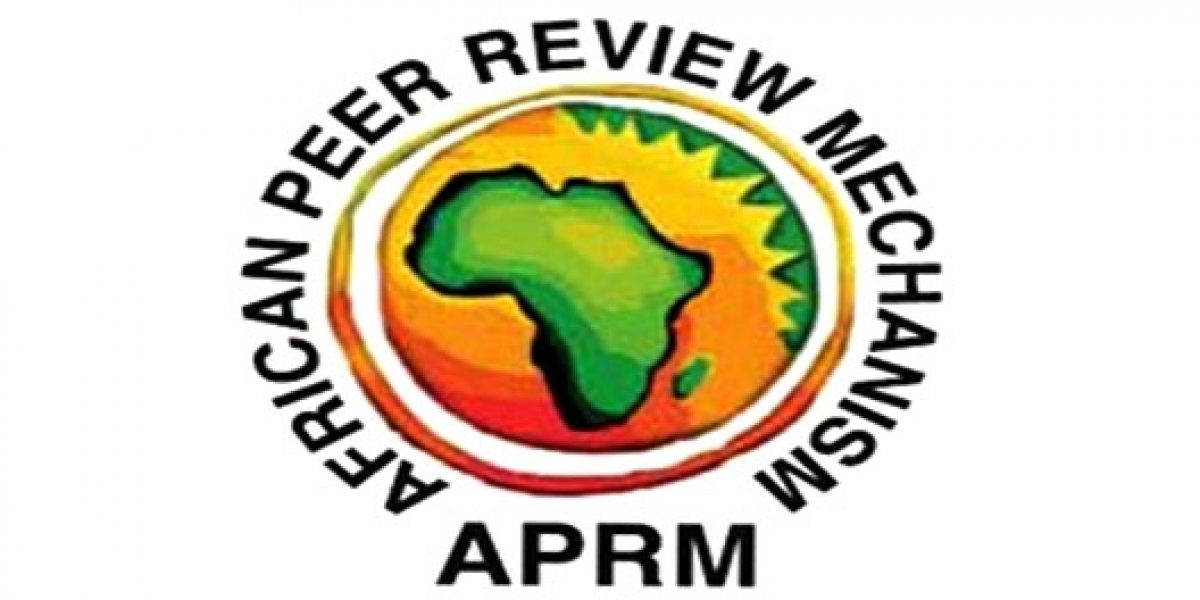The APRM was launched on 9 March 2003 in Abuja, Nigeria, when the memorandum of understanding was signed by the Heads of State and Government Implementation Committee of the New Partnership for Africa’s Development (Nepad). A voluntary and African-owned framework, it aims to improve governance on the continent. The APRM utilises a system of peer reviews to achieve this goal. Its country reviews are analogous to a performance assessment in an office. In the case of the APRM, a member state develops a Country SelfAssessment Report, which is followed by a separate assessment conducted by an external Country Review Mission. The two reviews are then combined into a single Country Review Report (CRR) that includes a National Programme of Action (NPoA) covering four thematic areas: democracy and political governance; economic governance and management; corporate governance; and socio-economic development.







